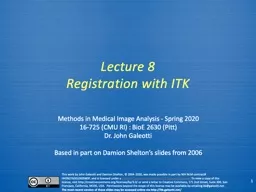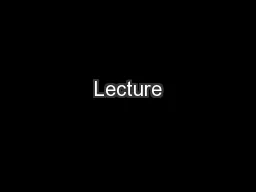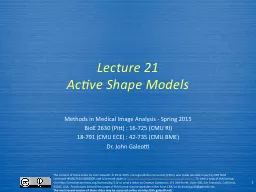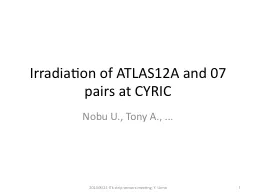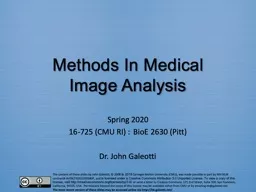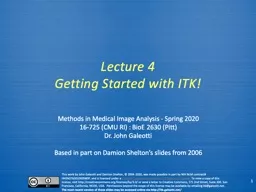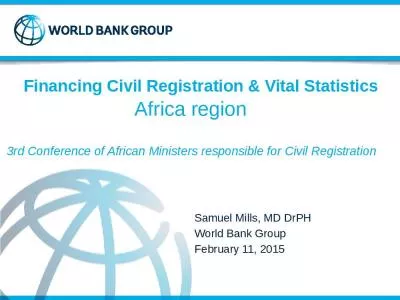PPT-Lecture 8 Registration with ITK
Author : ellena-manuel | Published Date : 2018-11-10
1 For more infogory detail Please see the following for exhaustive detail Chapter 3 in the ITK Software Guide Book 2 Insight into Images ITK Source Tree ExamplesRegistration
Presentation Embed Code
Download Presentation
Download Presentation The PPT/PDF document "Lecture 8 Registration with ITK" is the property of its rightful owner. Permission is granted to download and print the materials on this website for personal, non-commercial use only, and to display it on your personal computer provided you do not modify the materials and that you retain all copyright notices contained in the materials. By downloading content from our website, you accept the terms of this agreement.
Lecture 8 Registration with ITK: Transcript
Download Rules Of Document
"Lecture 8 Registration with ITK"The content belongs to its owner. You may download and print it for personal use, without modification, and keep all copyright notices. By downloading, you agree to these terms.
Related Documents

